Bangladesh Matrimony
by iMarriagesBangladesh matrimony site.
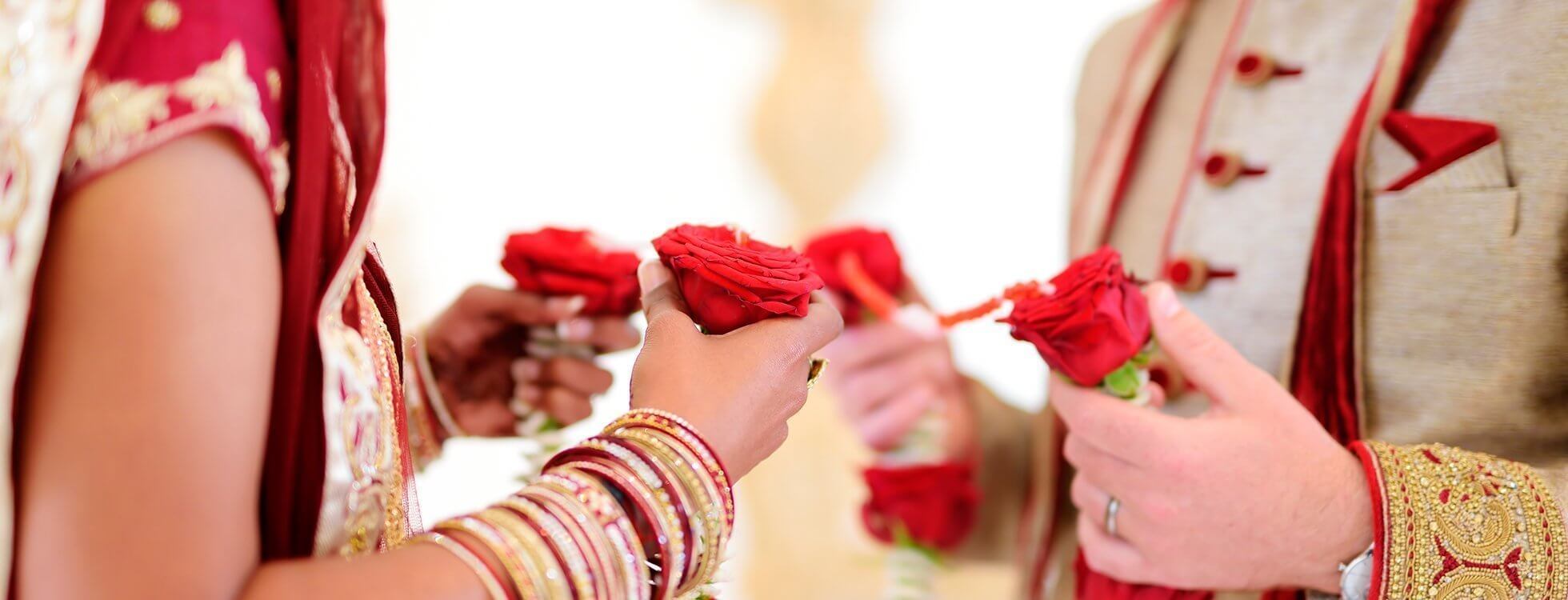

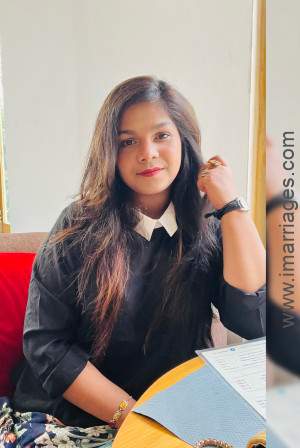

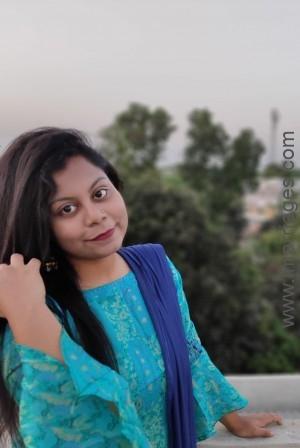
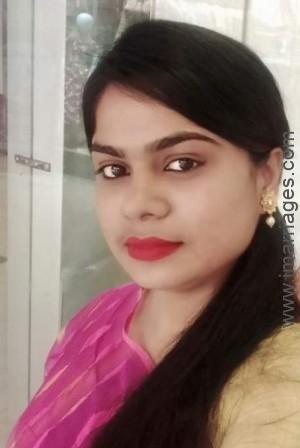
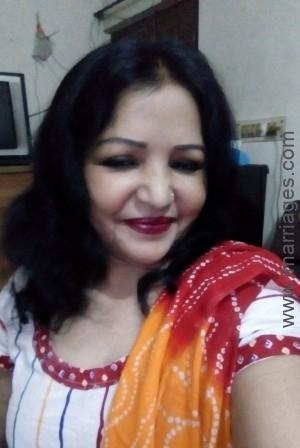
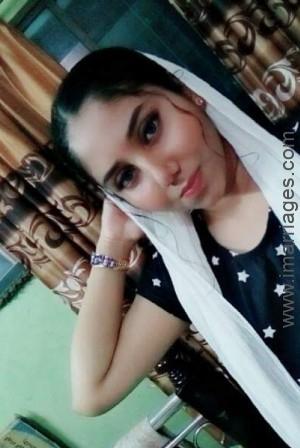
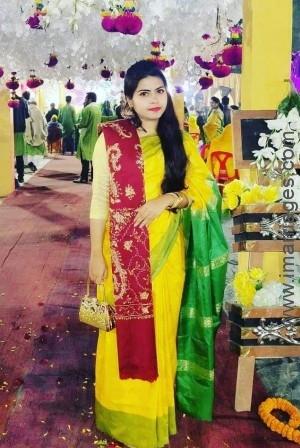

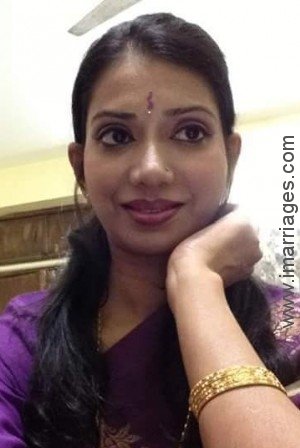

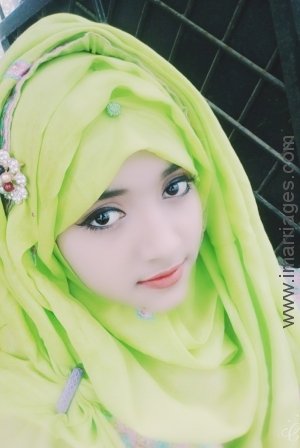

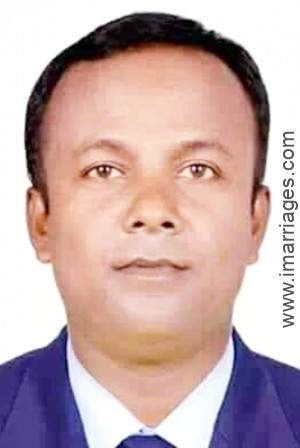
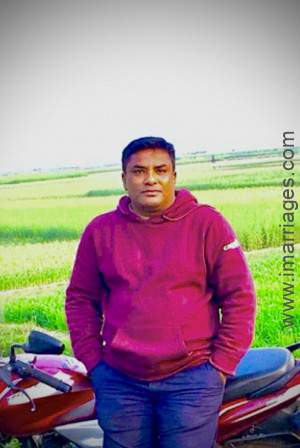
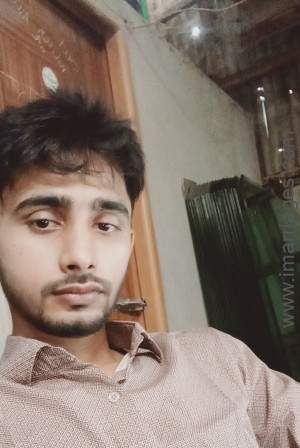
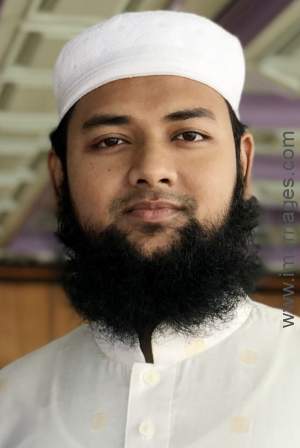
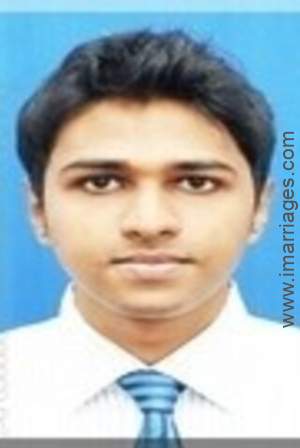

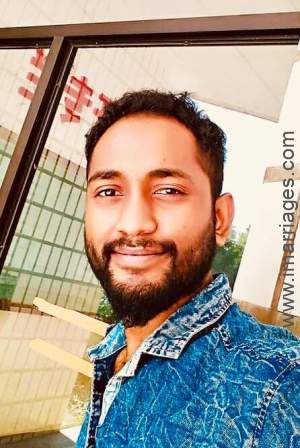
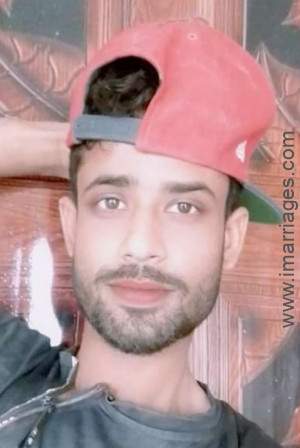

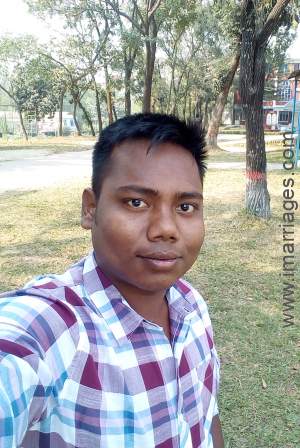

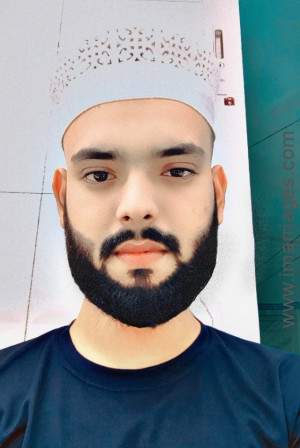
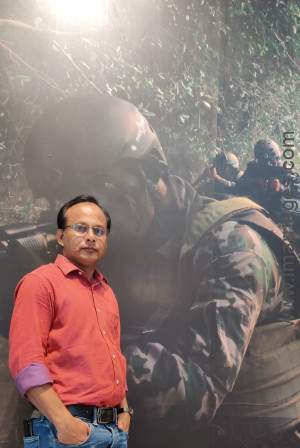
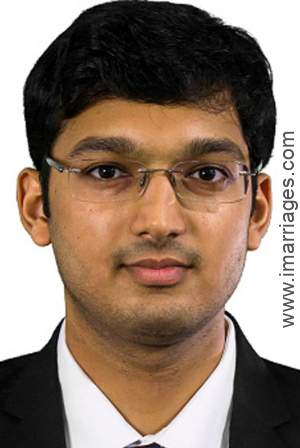
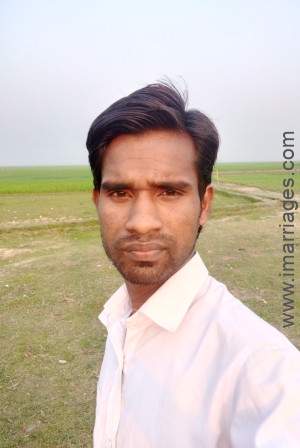
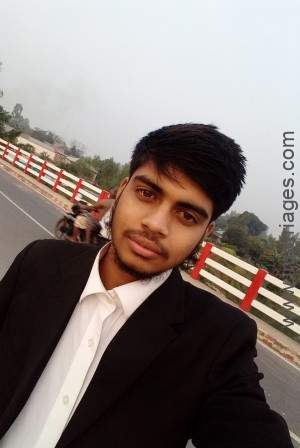
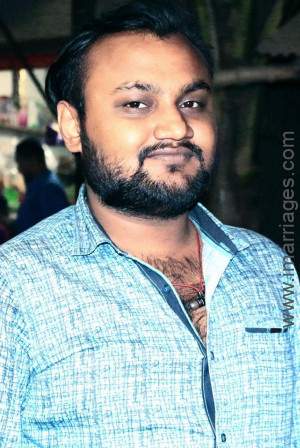

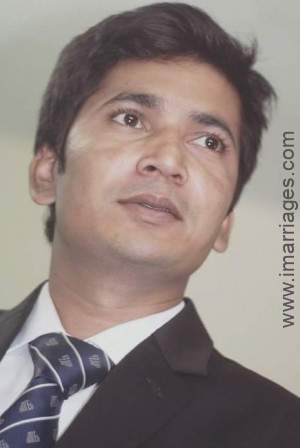
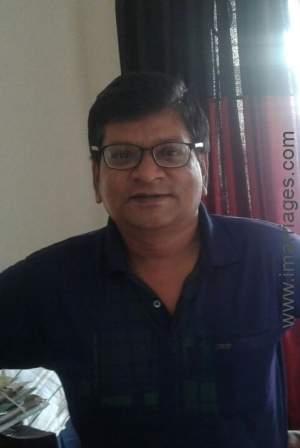
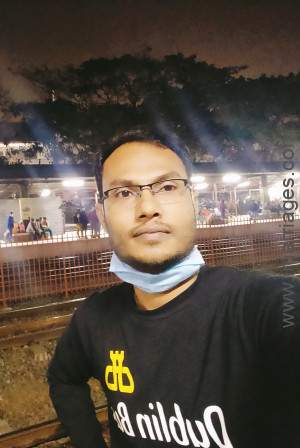
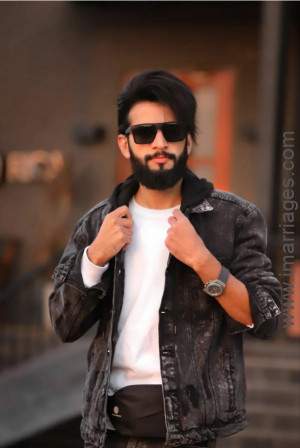

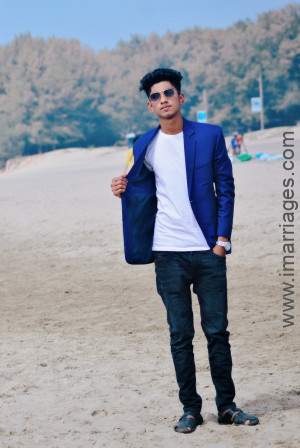
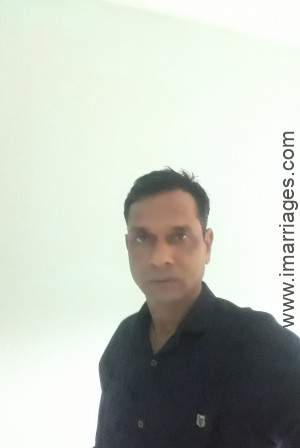
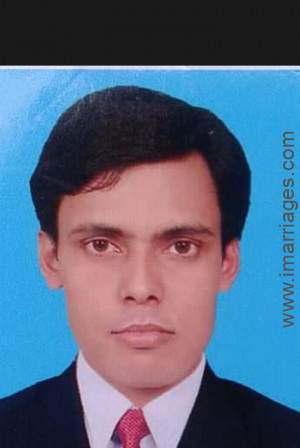

Welcome to Bangladesh Matrimony by iMarriages, a free trusted online matrimony service for those living in Bangladesh. Thousands of prospective brides and grooms have found their perfect match with iMarriages and we are so proud of all the happy marriages we have created.
Since, its separation from India and Pakistan, Bangladesh has a long cultural history. This land of rivers has rich cultural heritage, which has evolved over centuries. Bangladesh possess a composite culture with influences of Bengali traditions. Just like Bangladeshi community, the Bangladesh matrimonial is also influenced by Bengali cultures. Many Bengali rituals are the part of these wedding ceremonies. Bangladesh is resided by around 90% of Muslims, 9% Hindus and the rest 1% by other minorities.
Let us explore the blended rituals of a Bangladeshi matrimony.
Marriage among Muslims
GHOTOK: THE MATCHMAKER
The matchmaker plays an important role in arranging marriages. The main purpose of matchmaker is to find the ideal match.
PAKA KOTHA: BOY MEETS GIRL
During this ritual, the boy's family visits the girl's house to discuss the marriage issues. If everything goes well a tentative date of engagement is also fixed.
PANCHINI: ENGAGEMENT
This refers to a formal engagement ceremony. The exchange of rings takes place and all the guests are treated with 2 beetle leaves and an areca nut. This symbolizes gestures of friendship and a heartening promise.
BANNS OF MARRIAGE: THE ANNOUNCEMENT
This is the formal announcement of the proposed marriage. The purpose is to give an opportunity for objection. It allows people to be notified of the awaiting wedding dates so that the invitees keep themselves free. The nearby mosque is also informed about the intended marriage.
AI BURO BHAT: A SPECIAL FEAST
This is the last meal of the bride at her house. It consists of typically Bengali delicacies like rice, fish, luchis, vegetable preparations, and sweets. It is a mini-feast where the bride's family and close friends join the celebrations to wish her all the best.
MAACHER DALA:
This ritual includes giving the bride's family a tray of fish by the groom's family before the Gaye Holud. There are two large Ruhi fishes decorated to resemble a bride (recognized by its dupatta and nose ring), and a groom fish (with a dhoti or kurta). A sum of money is placed in the mouth of fishes, it belongs to the person who cooks the fish to later be served at the Gaye Holud.
GAYE HOLUD: PRE-WEDDING CEREMONY
It is similar to Haldi ceremony. The turmeric paste is sent to the bride from the groom's side along with clothing and cosmetics. Turmeric and oil are then applied on the body of the bride. This is followed by the Snan (the holy bath).
MEHENDI: HENNA CEREMONY
During this ceremony, the hands and feets of the bride are decorated with intricate designs of henna paste. This ceremony is a ladies only type of party. There is a lot of music, dance, and jokes during this party.
BOR JATRA: WEDDING PROCESSION
The groom seeks the blessings of his mother before beginning his journey towards the wedding venue. The wedding procession proceeds with the younger ones in the front and the older and more matured members at the rear. The groom is present somewhere in the center of his car adorned with floral embellishments.
NIQAH: THE ACCEPTANCE
The Muslim wedding is commonly known as 'Nikah'. It is held usually at the bride's place. The ordained Kazi reads verses from the Quran and thereafter the proposal of marriage is given to the bride first. If she accepts the same is repeated with the groom.
After acceptance, the couple signs the 'Nikah-nama' document for mutual consent. Along, with the couple two witnesses also sign the document. This ceremony is usually held in morning or afternoon ceremony.
After the Nikah, the 'rusmat' ceremony is held. During this ceremony, the bride and groom are covered with a dupatta over their heads and they look at each other for the first time as husband and wife. The groom is asked to describe what he perceives in the mirror. This is followed by the garland exchange, and then the ring exchange.
At the conclusion of the ceremony, the couple feeds each other some misti and lassi, symbolizing the first sharing.
KONYA BIDAI: A BRIDAL FAREWELL
The bride receives a farewell with blessings from her parents and relatives to start a new life with her wedded partner. It is a highly emotional and heart-warming moment for everyone witnessing it.
BODHU BARAN: WELCOMING THE BRIDE
On arrival of the couple at the groom's, the mother in law welcomes the bride with prayers. Among Muslims, this ritual is performed by chanting prayer from the Quran.
BASHOR GHOR: WEDDING NIGHT
During this ritual, the couple is allowed to spend their first night together for conjugal bliss. The bedroom is decorated traditionally with fragrant flowers. All the arrangements are made to promote consummation.
SHOKALER NASHTA: BREAKFAST
It is a custom among Bangladeshi families that the bride's family will send the first meal of the day following the wedding to the groom's family. The meal contains an elaborate assortment of traditional delicacies.
BOU BHAAT – THE POST WEDDING RECEPTION
The groom's family host this function in the honor of newlywed. The bride is introduced to the family and friends, others for the first time. The guests shower gifts on the newly at both the wedding and the 'bou bhaat'. Earlier this was a meal or feast that was personally cooked by the bride for her in-laws and close family members.
Marriages among Hindu of Bangladesh
Moreover, most of the rituals are shared between the Hindu and Muslims in Bangladesh. The main difference is the main wedding ceremony. The rituals include:
ADAN PRADAN
The ancestral lines of bride and groom are examined by the priest. This is done to ensure that they are not of the same lineage.
THE ENGAGEMENT OR AASHIRWAD
Firstly, the bride's family visits the groom to shower him with gifts and blessings. This ritual is conducted in the presence of a priest and idol of Bhagavan Narayan. Gifts include rings and ornaments. The next day groom parents do the same with the bride.
VRIDHI
It takes place a day prior to the wedding. During this, the groom and his bride offer tribute to their ancestors. Other family members also attend this ritual.
DODHI MANGAL
This is held at the dawn on the wedding day. The married women of the family visit a nearby pond. They, give a humble invitation to the wedding to the goddess Ganga. A pitcher of water is brought back for the holy bath of the bride and the groom. This is followed by Gaye Holud similar to Muslim weddings.
THE WEDDING RITUALS
It begins with the arrival of the groom's party at the wedding venue. The groom is welcomed amidst by blowing of conch shells and ululation. This is followed by exchanging of garlands by the couple.
The bride and groom then sit on the wedding Mandap for next set of rituals. Other rituals include the lighting of the sacred fire 'The Vivah Hom'. Then the kanyadaan ritual is performed which symbolizes the bride's father giving away his daughter to the groom. Then the couple stands for the Mangal pheras and Saptapadi to take their seven vows of marriage. The wedding is concluded by tying of mangalsutra and application of vermillion powder.
The post-wedding rituals include Vidaai which is the departure of the newly-weds to the groom's house. When the couple reaches the groom's house the mother performs the Bou Baran ritual. She welcomes the bride in. A reception party follows this.